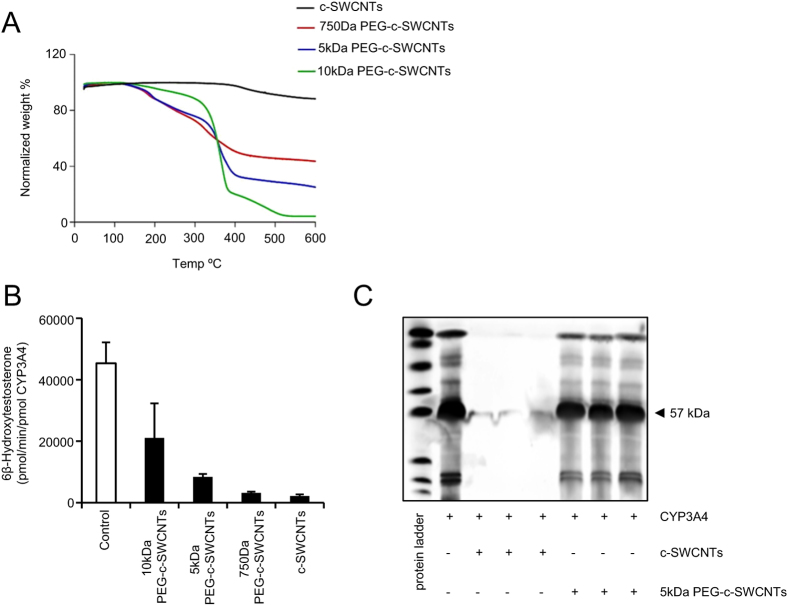Figure 3. PEG-functionalization mitigates CYP3A4 inhibition.
(A) TGA was performed to confirm the chemical conjugation of PEG onto c-SWCNTs: a higher weight loss is due to the higher MW of the decomposed chain (see Materials and Methods for details). (B) The effect of different molecular weight (MW) polyethylene glycol (PEG) chains (750Da, 5 kDa, 10 kDa) on the c-SWCNT-mediated inhibition of enzymatic activity of CYP3A4, as determined by HPLC-based detection of 6β-hydroxy testosterone. The c-SWCNT concentration was 100 ug/mL in all samples. The data are shown as mean values ± S.D. (C) Supernatants were taken after incubation of recombinant human CYP3A4 and c-SWCNTs or 5 kDa PEG-c-SWCNTs and analyzed by SDS-PAGE. Three lanes with CYP3A + c-SWCNTs and three lanes with CYP3A + 5 kDa PEG-c-SWCNTs incubated for 0, 30, or 60 min are shown; the differences between these time-points were minimal, however, indicating that the impact of PEGylation on the interaction with CYP3A4 was prompt.

